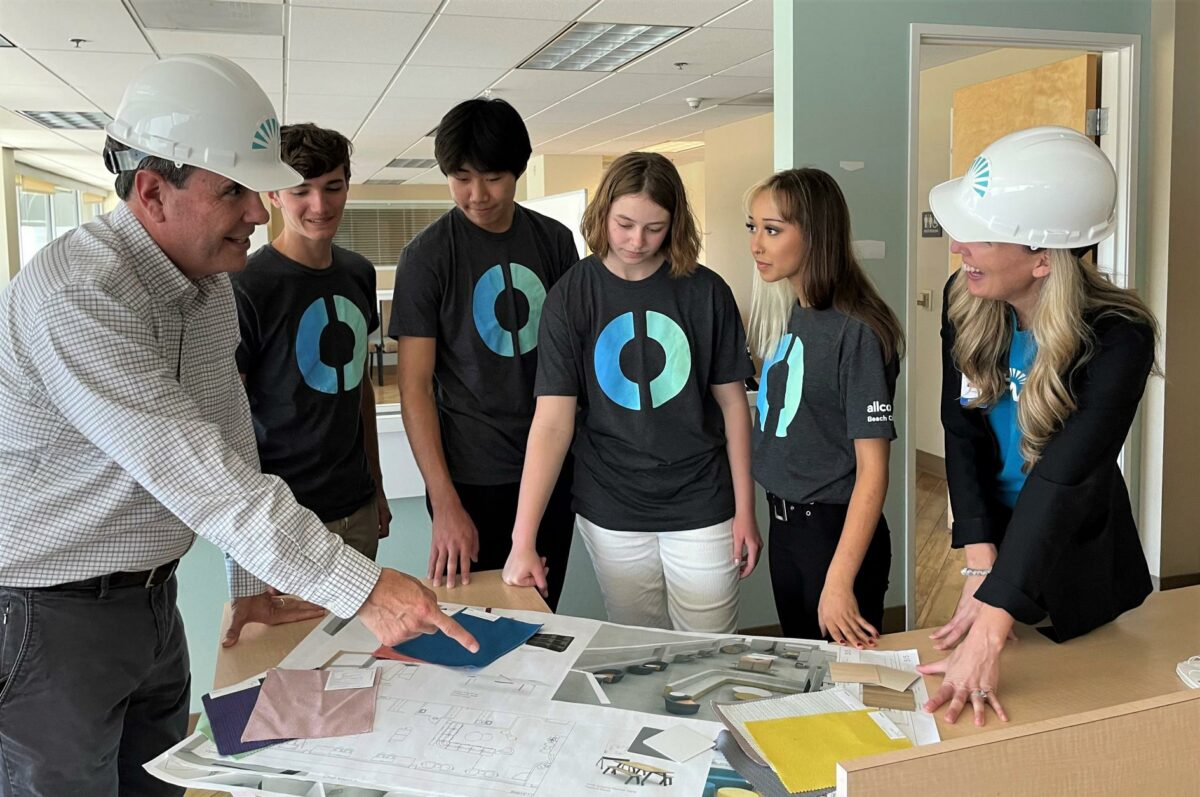by Kevin Cody
A $30 million bond measure to fund demolition of the long closed South Bay Hospital, and replace it with two acres of public open space for exercise and gatherings, and to construct a new allcove (all lower case) youth mental health center was unanimously approved by the Beach Cities Health District Board at its Wednesday, July 24 meeting.
The BCHD Community Health and Wellness Measure brings to seven the number of new revenue measures on the November 5 general election ballots in the three Beach Cities.
In addition to the BCHD bond:
- Hermosa voters will be asked to approve a $28.7 million school bond, and a .75% sales tax increase.
- Manhattan voters will be asked to approve a $200 million school bond extension, and a .5 % sale tax increase.
- Redondo Beach voters will be asked to approve a $278 million school bond, and a $93 million fire and police facilities bond.
The BCHD bond’s $3/$100,000 is substantially less than the city and school property tax bonds, BCHD CEO Tom Bakaly pointed out in an interview last week. (Property tax bonds are based on a property’s assessed value, which is generally significantly less than market value. BCHD’s proposed $3/$100,000 equals $30 annually on a $1 million home.)
Bakaly told his board at their July 24 meeting that a voter survey found the bond had a 59% to 61% favorability rating.
“The district’s bond should pass if Proposition 5 passes. If Proposition 5 fails, we have our work cut out for us,” Bakaly told the board.
Prop. 5 is a statewide measure on the November ballot that would reduce the approval level for general obligation bonds from 66% to 55%.
Opponents to the BCHD bond have argued in letters to the editor and on social media, that the bond taxes Beach City residents for services, such as allcove’s, that benefit non Beach Cities residents. Opponents also argue allcove’s focus on Beach Cities youth diverts county mental health funds away from more needy South Bay communities
In an interview last week, Bakaly responded to that criticism by noting 55% of the 8,000 youth visits to allcove have been from the Beach Cities youth since it opened 1.5 years ago. If Torrance is included the percentage of local youths is 74 percent. He said allcove’s services are also made available to greater South Bay youths because that is a requirement of its State funding.
(allcove services are based on a model developed by the Stanford University Center for Youth Mental Health and Wellbeing.)
Bakaly gave the following breakdown for uses of BCHD’s $30 million Community Health and Wellness Measure:
- $9 million for completion of the new allcove facility, facing Beryl Avenue.
- $8 million to tear down the old hospital, at 514 Prospect Ave.
- $7 million to prepare the two-acre open space for exercise programs in the center of the BCHD campus.
- $6 million for parking and construction improvements.
If the bond fails to pass, Bakaly said in last week’s interview, the district will need to borrow funds to complete the allcove facility, and to demolish the former hospital. He said seismic retrofitting of the former hospital is not feasible because of the estimated $90 million cost. The resulting $750,000 annual debt service would require lease rates to be triple the current market rate, he said. He added that debt service would also reduce funding for the district’s health programs.
Current BCHD programs range from obesity prevention for school kids, to counseling and support groups for all ages, and senior programs, such as PACE (Programs of All-Inclusive Care for the Elderly).
BCHD’s largely free programs are funded not only by property assessments, but also leases, partnerships, grants and BCHD’s health and fitness facilities. The property assessments represent a little more than one quarter of the district’s $15 million in annual revenue.
South Bay Hospital opened in 1960 and was closed in 1998. The building’s current tenants include Silverado Memory Care for Seniors, and other commercial tenants, as well as BCHD’s Center for Health and Fitness gym.
Demolitioning the old hospital building, building at new allcove facility, and creating two acres of open space are Phase 1 in a two-part called The Healthy Living Campus. The plan evolved from a 2009 board discussion about future uses for the district’s 11 acres, nearly half of which is parking lots and undeveloped hillside.
Phase 1 also calls for a public/private partnership with PMB, a healthcare real estate developer. The current partnership agreement calls for PMB to build a 150- to 220-unit Residential Care for the Elderly (RCFE) facility on the north side of the Health Living Campus. The senior units would help fund the district’s health programs, and represent a “continuum of our programs for older adults,” Bakaly said.
But city approval of the senior facility is in jeopardy.
Thursday night, August 1, the Redondo Planning Commission meets to review updates to the city’s General Plan. One of the proposed updates would reduce by 33% the number senior housing units PMB could build on the BCHD site.
“This is downzoning the public’s ability to use its property. It’s an existential issue for us. It would hinder the modernization of our outdated campus and potentially lead to reduction of health services in the three beach cities,” Bakaly told Easy Reader in March.
On Monday of this week, July 29, BCHD issued a press release urging Redondo residents to express their support for the current zoning at this Thursday’s Planning Commision meeting, and again, when the general plan is discussed, at the Planning Commission’s Thursday, August 15 meeting.
Phase II calls for a Community Wellness Pavilion, an aquatics center, and a new Center for Health and Fitness gym.
The board envisions the Healthy Living Campus becoming a nationally recognized center for community health research. ER











